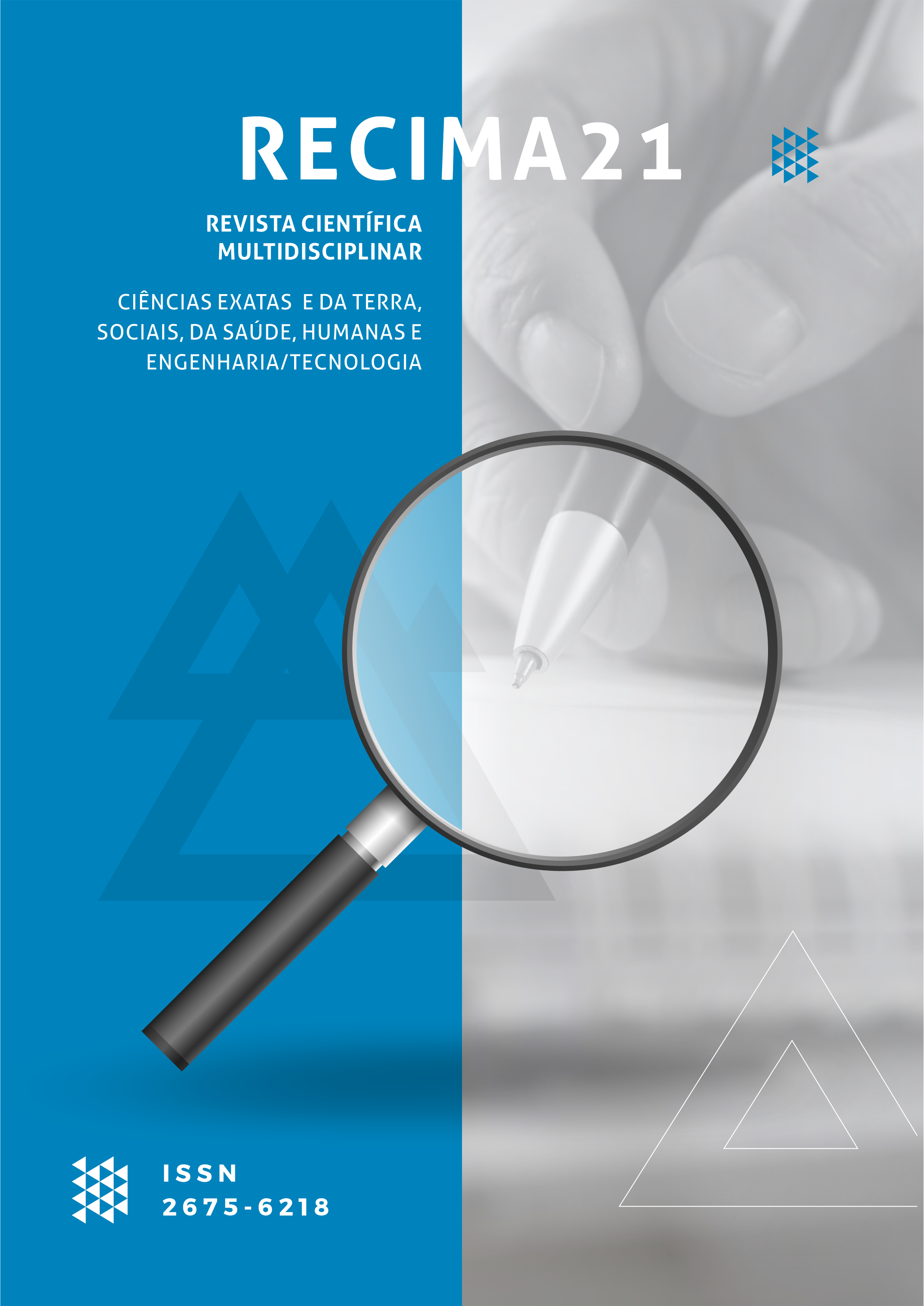CHALLENGES OF TECHNOLOGICAL INTEGRATION AND SECURITY IN POLICE COMMUNICATIONS
DOI:
https://doi.org/10.47820/recima21.v3i5.1526Keywords:
Integration, Interoperability, Communication, APCO-25, Tetra, DMR, Public security, Military police, frequency band, Technological trendAbstract
The lack of standardization of radiocommunications is a problem with a direct impact on the integration between public security agencies throughout the country. The use of different systems that do not communicate ─ whether between neighboring states, international borders or even within the same state ─ impair the command, control and management of actions, which impacts the results produced, mainly by the military police. To mitigate this problem, this article presents a proposal of convergence in the mobile communications of public security agencies. To meet this challenge, the most used standards in the Brazilian public security market are initially analyzed; then, different frequency bands and ways of capturing are presented. It is also discussed the latest technological trends and their application in public security activity. Ending this article, the conclusion points out the need for institutions that work in public security to modernize their communication systems in order to guarantee interoperability with the various possible platforms, without losing sight of the protection of transmitted data.
Downloads
References
AEROPORTO INTERNACIONAL AFONSO PENA (Paraná). Funcionamento: Movimentação mensal. In: SOBRE O AEROPORTO INTERNACIONAL DE CURITIBA. [S. l.], 28 abr. 2022. Disponível em: https://www.aeroportoafonsopena.com/. Acesso em: 28 abr. 2022.
BIA-2021 – Bradesco Inteligência Artificial – Disponível em: <https://banco.bradesco/canaisdigitais/conheca-bia.shtm>. Acesso em Abril/2022.
CHAUDHRY, A. U.; HAFEZ, R. H. M. LMR and LTE for Public Safety in 700 MHz Spectrum. Wireless Communications and Mobile Computing, v. 2019, n. October, 2019.
DAY, J. D.; ZIMMERMANN, H. The OSI Reference Model. Proceedings of the IEEE, v. 71, n. 12, p. 1334–1340, 1983.
KUMBHAR, A. et al. A Survey on Legacy and Emerging Technologies for Public Safety Communications. IEEE Communications Surveys and Tutorials, v. 19, n. 1, p. 97–124, 2017.
NASCIMENTO, E. et al. Performance Analysis of 380-470 MHz Band Radio Systems for Brazilian Public Security Use. IEEE Latin America Transactions, v. 13, n. 3, p. 613–622, 2015.
PEDRO, C. T.; MEDEIROS, T. Funcionalidade dos Software e Hardware livres na Localização De Sinais : estudo de caso , analisando o uso do SDR-RTL pelo método TDOA . data & hertz, v. 1, n. 1, p. 34–41, 2020.
POLÍCIA MILITAR DO PARANÁ (Paraná). COPOM. Média de acionamento 190 e 193: últimas 24 horas. In: Média de acionamento 190 e 193: últimas 24 horas. [S. l.], 22 abr. 2022. Disponível em: http://siscop03.pmpr.parana/siscopweb/index.php. Acesso em: 22 abr. 2022.
SHAPOSHNIKOV, S. et al. Research in Radio Frequency Signals Using APCO P25 Standard in Moscow. St. Petersburg: 2017
STEWART, R. W. ET AL. A Low-Cost Desktop Software Definet Radio Design Environment Using MATLAB, Simulink, and the RTL-SDR. IEEE Communications Magazine, v. 2, n. 3, p. 110–118, 2015.
TCU, 2021 – TCU aprova o edital do leilão do 5G. Disponível em: <https://www.gov.br/mcom/pt-br/noticias/2021/agosto/tcu-aprova-edital-do-leilao-do-5g>. Acesso em Fevereiro/2022.
TR Rádio 2018. Termo de Referência “Implantação da Rede de Radiocomunicação Digital”. STELECOM – 2018. Disponível em:<https://comprasnet.ba.gov.br/sites/default/files/tr_expansao_rede_digital_dmr-12042018.pdf>. Acesso em: Abril/2022.
Downloads
Published
How to Cite
Issue
Section
Categories
License
Copyright (c) 2022 RECIMA21 - Revista Científica Multidisciplinar - ISSN 2675-6218

This work is licensed under a Creative Commons Attribution 4.0 International License.
Os direitos autorais dos artigos/resenhas/TCCs publicados pertecem à revista RECIMA21, e seguem o padrão Creative Commons (CC BY 4.0), permitindo a cópia ou reprodução, desde que cite a fonte e respeite os direitos dos autores e contenham menção aos mesmos nos créditos. Toda e qualquer obra publicada na revista, seu conteúdo é de responsabilidade dos autores, cabendo a RECIMA21 apenas ser o veículo de divulgação, seguindo os padrões nacionais e internacionais de publicação.













